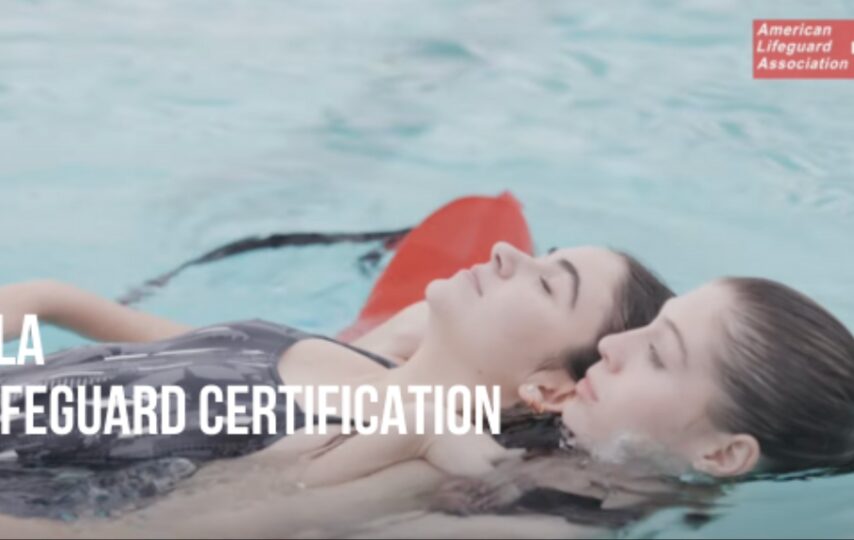Beaches in California are some of the most beautiful and popular in the world. Every year, millions of people visit California’s beaches to relax, sunbathe, swim, surf, and participate in various water sports activities. However, with the fun and excitement come potential dangers, including rip currents, sharks, and other hazards.
To ensure the safety of beachgoers, lifeguard services are available at many California beaches. In this article, we will discuss safety measures at California beaches, including lifeguard training, lifeguard classes, and lifeguard certification.
Lifeguard Services at California Beaches
Lifeguard services are available at many California beaches to ensure the safety of beachgoers. These services are provided by trained and certified lifeguards who are equipped with the necessary skills, knowledge, and equipment to respond to emergencies and prevent accidents from happening.
Lifeguards are responsible for watching over swimmers, surfers, and other water sports enthusiasts and are trained to recognize the signs of distress, perform rescues, and provide first aid and CPR.
Lifeguard training in California
Lifeguard training California is essential to ensure that lifeguards have the necessary skills, knowledge, and equipment to perform their duties effectively. The American Lifeguard Association offers comprehensive training programs that cover a range of topics, including water safety, drowning prevention, rescue techniques, first aid, and CPR.
These training programs are designed to prepare lifeguards to respond to emergencies quickly and efficiently, and to provide the necessary care and treatment to victims.
Lifeguard classes in California
Lifeguard classes in California are available to individuals who want to become certified lifeguards. These classes are offered by various organizations, including the American Lifeguard Association, and cover a range of topics, including water safety, rescue techniques, first aid, and CPR.
To become a certified lifeguard, individuals must complete a lifeguard training program and pass a certification exam. Once certified, lifeguards must maintain their certification by completing ongoing training and education.
Beach Safety Tips
In addition to lifeguard services, there are several beach safety tips that beachgoers should follow to stay safe while enjoying the beach. These include:
Swim only in designated areas and follow posted signs and flags. Beaches often have designated swimming areas that are monitored by lifeguards. Swimming outside of these areas can be dangerous and may result in strong currents or other hazards.
- Never swim alone. Always swim with a buddy, and make sure that someone on shore knows that you are in the water. In case of an emergency, having someone who can call for help can be critical.
- Know your limits. Swimming in the ocean can be physically demanding, and it’s important to know your limits. Don’t try to swim too far or too long, and be aware of your own physical condition.
- Be aware of the weather. Weather conditions can change quickly at the beach, and it’s important to be aware of any changes in the weather. Thunderstorms, high winds, and other weather events can make swimming and other activities dangerous.
- Wear appropriate sun protection. The sun can be intense at the beach, and it’s important to protect your skin from harmful UV rays. Wear sunscreen, a hat, and sunglasses, and stay in the shade as much as possible.
Rip Currents and Beach Safety
Rip currents are a significant threat to beachgoers and can occur at any time, without warning. These powerful currents can pull swimmers away from shore and out to sea, making it difficult or impossible to swim back to shore. It’s important for beachgoers to be aware of the signs of rip currents and to know how to escape them.
Signs of rip currents include a channel of churning, choppy water, an area of the sea that appears to be a different color, a line of foam or seaweed moving seaward, and a break in the pattern of incoming waves. To escape a rip current, swimmers should swim parallel to shore until they are out of the current and then swim back to shore.
Shark Safety at California Beaches
California beaches are home to a wide variety of marine life, including sharks. While the risk of a shark attack is low, it’s important for beachgoers to be aware of the potential danger and to take steps to reduce the risk.
To reduce the risk of a shark attack, beachgoers should avoid swimming in areas where sharks are known to frequent, such as near fishing piers or schools of fish. Additionally, beachgoers should avoid wearing shiny jewelry or brightly colored clothing, which can attract sharks. In the event of a shark sighting or attack, beachgoers should notify a lifeguard immediately and evacuate the water.
Emergency Preparedness and Beach Safety
Despite the efforts of lifeguards and beach safety personnel, emergencies can and do occur at California beaches. To prepare for emergencies, beachgoers should be familiar with the location of lifeguard towers and emergency call boxes.
Additionally, beachgoers should have a plan in place in the event of an emergency, including knowing the location of the nearest hospital and having a fully stocked first aid kit. Beachgoers should also be aware of the signs of heat exhaustion and heat stroke, which can occur on hot days. Signs of heat exhaustion include heavy sweating, weakness, cold, pale, and clammy skin, and nausea or vomiting.
If left untreated, heat exhaustion can progress to heat stroke, a life-threatening condition characterized by high body temperature, dry, hot skin, and confusion. In the event of heat exhaustion or heat stroke, beachgoers should move to a cool, shaded area and seek medical attention immediately.
American Lifeguard Association and Beach Safety
The American Lifeguard Association is a leading provider of lifeguard training, certification, and educational materials. The organization is dedicated to promoting water safety and providing lifeguard services at beaches, pools, and other aquatic environments.
By providing comprehensive training and education to lifeguards, the American Lifeguard Association helps ensure that lifeguards have the necessary skills, knowledge, and equipment to respond to emergencies and prevent accidents from happening. As a result, beachgoers can enjoy California beaches with confidence, knowing that trained and certified lifeguards are on duty to ensure their safety.
Lifeguard services are an essential component of beach safety in California. Lifeguard training, lifeguard classes, and lifeguard certification are all critical to ensuring that lifeguards have the necessary skills, knowledge, and equipment to perform their duties effectively.








